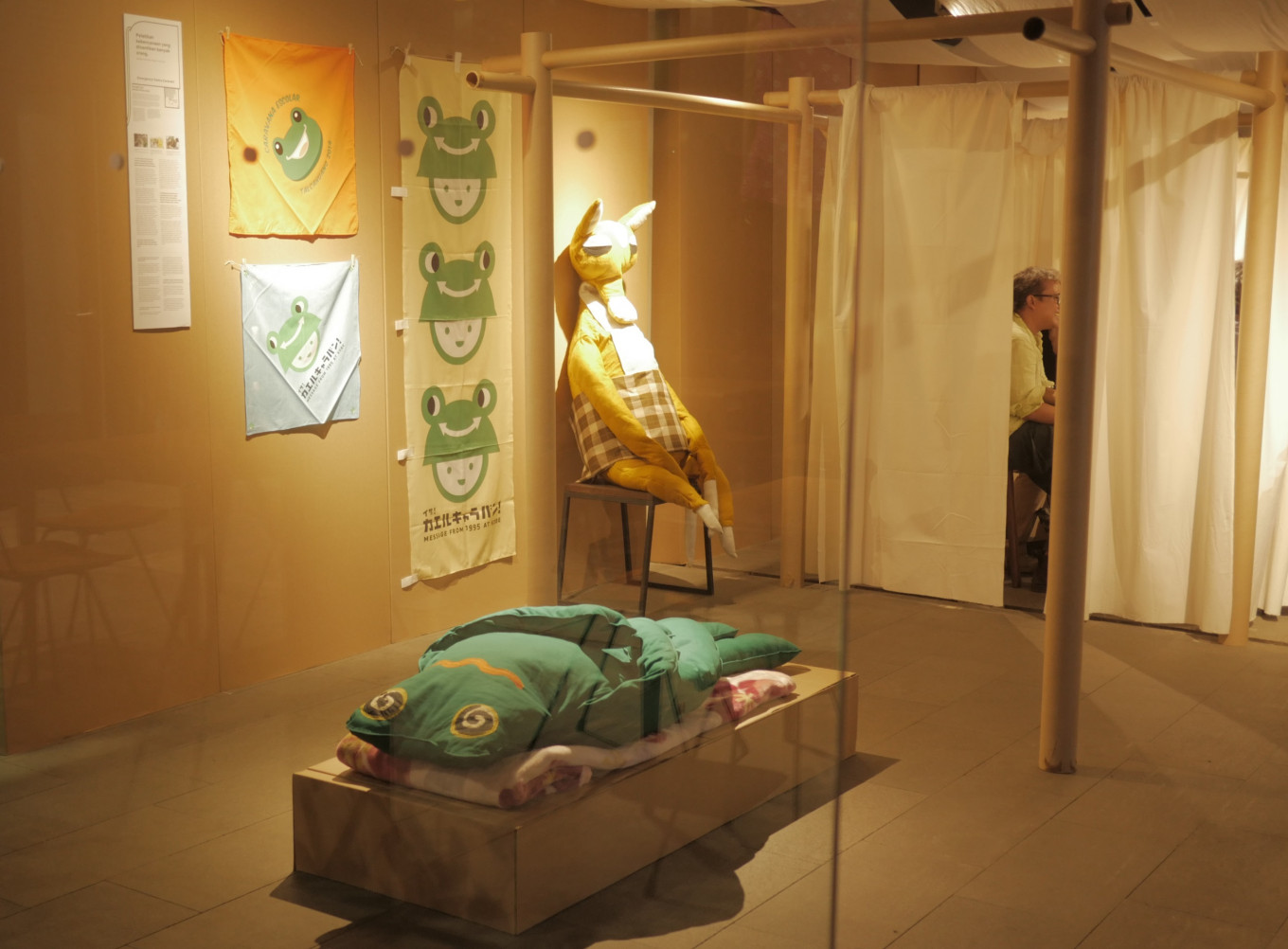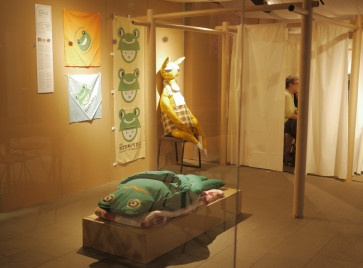Popular Reads
Top Results
Can't find what you're looking for?
View all search resultsPopular Reads
Top Results
Can't find what you're looking for?
View all search resultsEarth Manual Project: a creative way to learn disaster readiness
Change text size
Gift Premium Articles
to Anyone
T
hrough its adorable designs and smart concepts, the Earth Manual Project exhibition draws the public’s interest to learn about disaster readiness.
Situated on the Ring of Fire, Indonesia is no stranger to earthquakes, with major disasters recorded all over the archipelago throughout history.
While one could not certainly stop natural disasters from happening, what one could do is learn, and what better nation to learn from than Japan?
Japan’s geographical situation puts it in an area prone to earthquakes and tsunamis, most notably the 2011 Tohoku earthquake, which was recorded at 9.1 on the Richter scale and followed by a 40.5-meter-high tsunami.
Indonesia, which grappled with two tsunamis in the Sunda Strait and Sulawesi last year, could certainly learn a few things. However, graphs and statistics can only do so much for the public.
“The problem is, when we talk about disasters, there are not many people who are interested because it’s quite a heavy subject,” said Purwoko Adhi Nugroho, the Japan Foundation’s Japanese studies and intellectual exchange program officer.
“Disasters are always linked to destruction and victims, so people aren’t keen to talk about them, even though they are very important.”



















